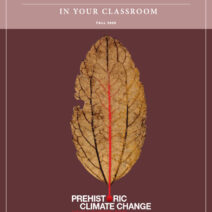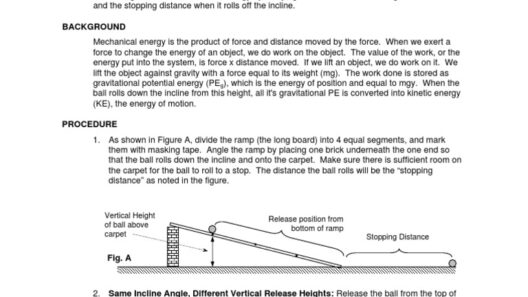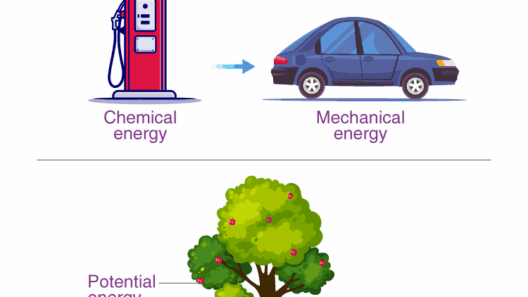When it comes to conserving energy in your household, the refrigerator often plays a pivotal role. Being one of the most essential appliances, its continual operation can significantly impact not only your energy bills but also your carbon footprint. In this comprehensive discussion, we shall explore practical methods to enhance energy efficiency specifically for refrigerators. Follow along as we delve into strategic implications, maintenance tips, and innovative practices to chill smarter.
Understanding Energy Consumption
Before diving into conservation techniques, it is crucial to understand how refrigerators consume energy. Most refrigerators operate using compressors and fans. The compressor works to circulate refrigerant through the appliance, absorbing heat and maintaining a cool temperature. The fans distribute cool air within the interior. This continuous cycle draws a substantial amount of electricity, contributing to greenhouse emissions depending on the energy sources utilized in your locality. Understanding this operation is key to recognizing how to mitigate energy use.
Proper Placement
Placement is often an overlooked aspect of energy conservation. A refrigerator should be located away from heat sources such as ovens, dishwashers, and direct sunlight. When exposed to external heat, the compressor must work harder to maintain the desired internal temperature. Ideally, a gap of at least three inches should be maintained between the refrigerator and surrounding walls to allow for optimal airflow. Additionally, installing the appliance in a cool area can lessen the energy demands placed on it.
Temperature Settings
Setting the correct temperature is vital for both energy efficiency and food preservation. The United States Department of Energy recommends maintaining the refrigerator at 37°F (3°C) and the freezer at 0°F (-18°C). Thermometers can help monitor these temperatures accurately. Lowering the temperature unnecessarily increases energy usage without extending the freshness of food. Furthermore, it is advantageous to adjust temperatures seasonally; increasing settings slightly during cooler months can result in energy savings while achieving the same preservation efficacy.
Organizational Efficiency
A well-organized refrigerator can improve energy efficiency. When food items are placed haphazardly, it obstructs airflow and can cause the refrigerator to work harder. Regularly reviewing the inventory can ensure that food is used before it spoils, thus minimizing waste. Grouping similar items—like dairy products or fruits—can facilitate temperature stabilization. Moreover, avoid overloading your refrigerator; this inhibits air circulation, leading to increased energy consumption.
Door Management
The refrigerator door is a significant source of energy loss. Every time the door is opened, warm air enters, necessitating more energy to cool the space back down. Using a list to track what you need before opening the door can help minimize unnecessary access. Additionally, installing a door alarm can remind users to close the door promptly. It is also essential to check door seals regularly; damaged seals allow cool air to escape and should be replaced immediately to restore energy efficiency.
Environmentally-Friendly Features
Consider investing in a refrigerator equipped with environmentally-friendly technologies. Newer models often come with energy-efficient certifications, such as ENERGY STAR. These appliances are designed to use significantly less energy than older models by employing high-efficiency compressors and improved insulation technology. Although it may require a higher initial investment, the reduction in energy consumption can lead to considerable savings over time as well as a decrease in your household’s overall carbon footprint.
Regular Maintenance
Performing regular maintenance ensures your refrigerator operates at peak efficiency. Dust and debris can accumulate on coils over time, hindering the appliance’s ability to release heat. Cleaning the coils at least twice a year is advisable. Additionally, inspecting and cleaning the drain pan should not be overlooked. In the event of water buildup due to a clogged defrost drain, the energy efficiency of your refrigerator may decrease. Regular checks and maintenance can prolong the lifespan of the appliance and optimize its energy use.
Energy-Saving Accessories
Consider leveraging energy-saving accessories such as refrigerator thermometers, which help monitor temperatures efficiently. Also, using refrigerator bins can limit the amount of time the door is kept open by maintaining an organized interior. Using ice packs or gel packs can help maintain cold temperatures during ambient air access periods. These accessories, when used strategically, can fortify your energy-conserving efforts.
Embrace Smart Technology
With the advent of smart home technology, many refrigerators now offer advanced features allowing users to monitor energy consumption. Smart refrigerators can send alerts if the door is left ajar, provide temperature updates, and even track food expiration dates to prevent waste. Utilizing these technologies not only fosters energy efficiency but also augments your overall user experience, contributing to both convenience and sustainability.
Conclusion
In summary, conserving energy in your refrigerator requires a multifaceted approach that balances proper placement, efficient usage, and judicious maintenance. By implementing these strategies—temperatures, organization, and smart technologies—you can effectively reduce not only your energy bills but also your ecological footprint. Recognizing the impact of energy consumption from essential appliances like refrigerators empowers consumers to make conscientious choices, which contribute to a more sustainable future.







